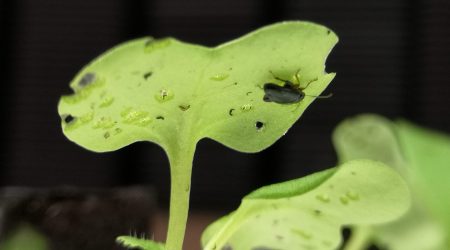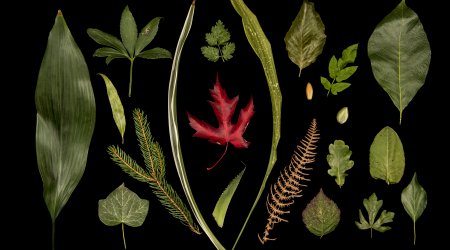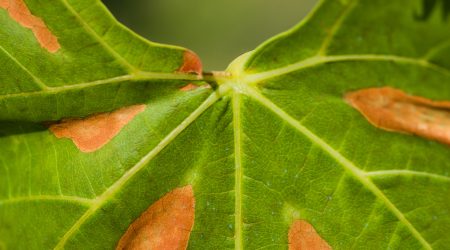We caught up with former postdoctoral scientist Stuart Harrison, now the Head of R&D Partnerships and Open Innovation at Syngenta
What attracted you to the John Innes Centre?
I joined straight out of finishing my PhD at the University of Queensland, to investigate the mechanism of action of recessive resistance genes in peas to viruses. My PhD was related to plant disease, so I’d read a lot of papers from the scientists based here. Plus, a postdoc in my lab at The University of Queensland had experience of working at the John Innes Centre and raved about it, so I did some research and concluded this was where I wanted to continue my work.
It was a big step to move to the opposite side of the planet, sight-unseen, especially given that I didn’t know anyone here and had never visited. Thankfully, it was a great place to work and was very social which helped me to settle in really quickly.
You didn’t remain a postdoc for long…
No, in fact my two-and-a-half years at the John Innes Centre turned out to be my first, and last, postdoc role. The project was tricky and didn’t always run that smoothly, which looking back, helped me a great deal. I am a strong believer that setbacks, particularly in research, albeit painful at the time do us a power of good. I also believe that failure is not a bad thing, assuming you learn and move forward.
I worked in Andy Maule’s lab during my postdoc and believe I learnt more scientific judgement and perseverance in this period than any time in my career. The lab in general really was a great place to work and everyone was extremely supportive. I particularly remember that Dr Carole Thomas was influential on me, primarily in terms of science rigour and ensuring I documented things appropriately.
As I was coming to the end of my contract, I was ready for a new challenge and applied for a ‘biotech’ postdoc position with Zeneca. I got an interview but ended up with a different position at a biotech site they had in the Netherlands, running a team of biochemists that was discovering antimicrobial peptides and turning them into transgenic disease control crops.
So, you moved out of academia and into industry but remained close to your PhD?
Exactly. When I first joined Zeneca (soon to become Syngenta) the day-to-day lab activities were similar to my postdoc and I was doing similar things topic wise to my PhD. A few years after merger of the companies, the site I was working at was closed and I relocated back to the UK with my research activities. I ended up with a bigger group of protein biochemists, working on insect control and disease control traits. At the same time, I helped build Syngenta’s protein manufacturing platform.
From there I got the opportunity to join Syngenta’s venture capital fund in Boston. This was quite a change of direction, but I have found throughout my career that opportunities come up and you have a choice, to take them or not take them. In most cases I took them, because they offered me an opportunity to learn something new and were always fun. I worked there for over three years putting venture capital investment into agricultural technology companies.
I’m Australian, and my wife, who I met at the John Innes Centre while she was doing her PhD is from the Philippines. Having lived away from our homes for quite a few years, we were lucky that our next opportunity was a relocation to Singapore where I lead the Asia-Pacific R&D organisation. This was a brilliant opportunity to lead a diverse and energetic product development team, but also gave us a chance to be closer to our families.
Syngenta, because of its size and its attitude to relocation has been great for us. If you’ve got a willingness to move, and a desire to get involved in diverse research and development activities, Syngenta provides many opportunities. I’m now based on the Research Triangle Park in North Carolina, I have been here for the last five years, and it’s Syngenta’s largest plant science R&D facility with over 500 staff.
You’re now Head of R&D Partnerships and Open Innovation, what does that entail?
Essentially, I am responsible for identifying and establishing collaborations, with institutes, universities and start-ups, plus with large independent seed companies across our crop protection and seeds business.
This current role came about in part because I’d done the venture capital role in Boston. Syngenta asked me to turn the collaboration space into more of a business development style organisation. It works for me because I like accessing and working with external innovation and collaboration, with institutes and start-ups. So far, it’s been good fun.





